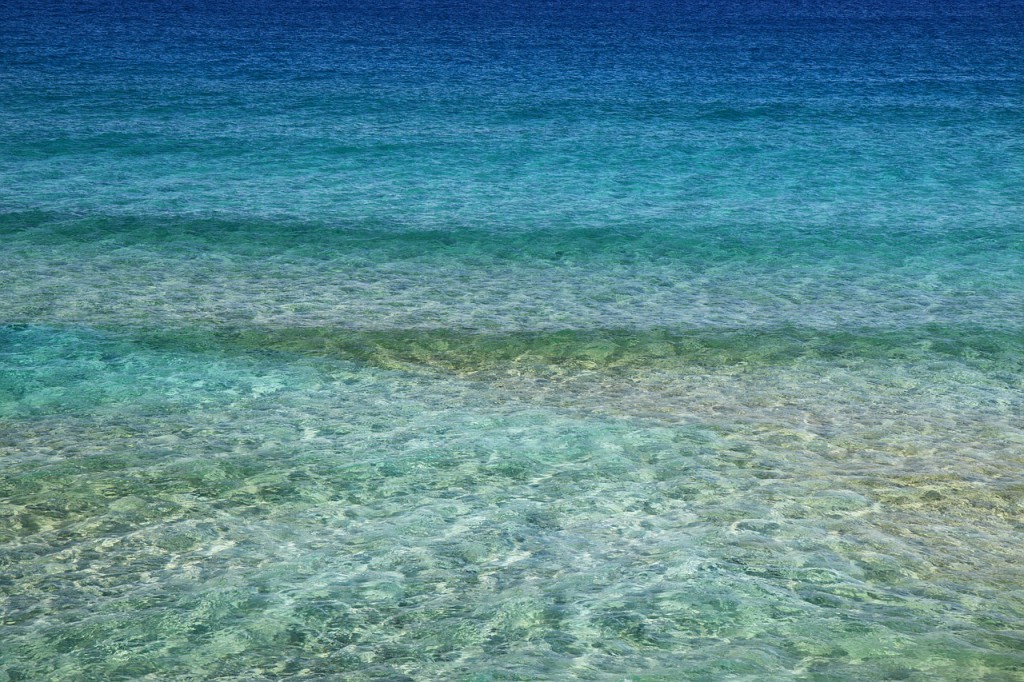“The future rests in the hands of young people. By capturing children’s interest in the undersea world at an early age, we inspire them to continue learning about it — and about how to care for our precious Water Planet — throughout their lives.”
– Captain Jacques-Yves Cousteau
Throughout the 1970s, households around the world dedicated their Saturday evenings to their television sets to tune into The Undersea World of Jacques Cousteau. With his “Undersea World,” Jacques Cousteau educated a generation the world over about marine biology & scientific exploration. His documentaries and filming were always breathtaking & cutting edge, and his passion for the environment was undeniable as it shone through into millions of living rooms each week.
His contributions to marine science run much deeper than television though. With his iconic red beanie and famed ship Calypso, the French marine explorer, inventor, filmmaker, and conservationist sailed the world for much of the late 20th century, educating millions about the Earth’s oceans and its inhabitants, and inspiring their protection. Sadly, Cousteau died in 1997, but his legacy lives on in millions of marine biologists, oceanographers, explorers & scientists. It’s no surprise that in the years after his death, he’s become even more of a legend for his pioneering marine work and innovations.
As we approach the birthday of Jacques-Yves Cousteau, we were curious as to what made this scientific ocean explorer such a vital part of scientific history? In addition to bringing oceanography & ocean conservation to the masses – here are our top reasons why every person – young or old – should know Captain Jacques Cousteau!
1. Jacques Cousteau – The Pioneer & Inventor
Oceanography, the study of the oceans, has been around for a very long time but only started formally in the last century or two. Less than 130 years ago the oceans finally started to be explored by the Americans, British, and other European nations.
In 1943, Cousteau and Emile Gagnan, a French engineer, invented the demand regulator, which, when attached to the SCUBA (Self-Contained Underwater Oxygen Breathing Apparatus), allowed divers to dive more deeply and for longer periods. The combined equipment was dubbed “the aqualung” & revolutionized the field of oceanography. For the first time people had the ability to stay under water for extended periods of time & better understand the different kinds of creatures that live in the deep depths of the sea. The invention also aided in the advancement of geological science as geologists were now able to study the sea floor & study how the Earth had changed over thousands of years.
With his invention of the Aqua-Lung, Cousteau took his place as a pioneer in ocean exploration and led his crew on to explore and film parts of the ocean depths that had never been seen before – ever!
2. Jacques Cousteau – The Award-Winning Film Maker & Science Super-Star
One of Cousteau’s most valuable contributions to the world was simply in submerging cameras, donning Aqua Lungs and introducing millions of people, with a huge dose of exuberance, to a new world both on television & with his never-before-seen underwater documentaries. Cousteau’s adventures were the first of their kind – a deep & complete introduction for the general public to the mysterious undersea world.
Cousteau had no science degree, but his passion and visual storytelling skills worked like a siren’s call, pulling us into his undersea world with the message of “Come with me & look at this wonderful thing & see how it acts & behaves.” Some of his films that shot him to super-stardom were the Oscar-winning films such as The Silent World, The Golden Fish, and World Without Sun.
Thanks to modern technology, part of the Cousteau Archive is now accessible on a mobile application via the Android Market & I-Tunes. Through three unique collections, re-discover the legendary adventures of Jacques-Yves Cousteau: his expeditions, his crew, his inventions, his dreams and aspirations… The app also features some of the best images and films uploaded by the users of the Cousteau Divers website, witnessing the state of our oceans today.
3. Cousteau: Underwater Settler & Sea Floor Pioneer
But Cousteau wanted more than to just film the ocean; he wanted to colonize it. Cousteau thought of the sea as a place to be colonized using craft similar to stations in space. Cousteau and his team created the first underwater habitat for humans: Conshelf I, which led to Conshelf II and III. The habitats could house working oceanauts for weeks at a time.Clark Lee Merriam, a spokesperson for the Cousteau Society told National Geographic “He was ahead of even the United States Navy, which was doing the same thing in proving people could live and operate underwater for extended periods of time.”
In 1963, Cousteau and four other men spent a month at 33 feet beneath the Red Sea off the coast of Egypt in an underwater settlement that included air conditioning and Plexiglas windows that showed ocean life swimming by.
His dreams of colonizing the ocean never materialized, but when Cousteau died in 1997, he was remembered as a passionate defender of the world’s oceans. The Cousteau Society, founded by Cousteau in 1973, continues to fight for the protection of the environment and natural resources.
You can learn more about Jacques Cousteau, His Explorations & The Cousteau Society here
Now available on DVD, digitally enhanced from the original recordings, is the landmark TV series that cemented Jacques Cousteau’s international reputation as a trailblazing pioneer of underwater exploration and documentary filmmaking. Together with the crew of his ship, the Calypso, Cousteau travels the far reaches of the world, examining with respect and affection the wide varieties of life they encounter. From mammals such as dolphins, whales and seals to sharks, octopuses and the mysterious creatures of the ocean’s darkest depths, each episode of this groundbreaking 36-part series reveals new wonders of the natural world.
For trailers from the series of ground breaking documentaries, please click below:






